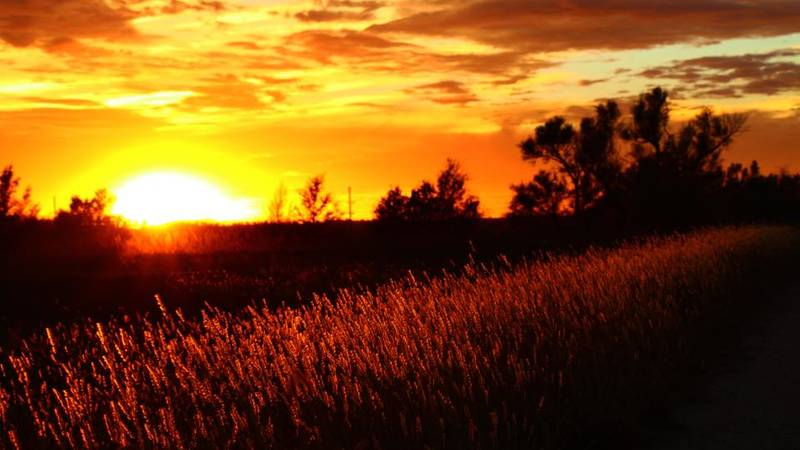- State: AK
- NPCA Region: Alaska
- Est. Date: 1980
This roadless wilderness sits on the western edge of Alaska in an area known as the Seward Peninsula. Though few people travel here today, archaeologists believe that ancient populations migrated from Russia into the Americas across this stretch of land during the Ice Age 10,000-12,000 years ago when ocean levels dropped and exposed a 1,000-mile path between the continents. Once the stomping grounds of mastodons and mammoths, the preserve is now home to reindeer, muskox, wolverines and other hardy animals, and serves as a nesting site for birds traveling the Asiatic-North American Flyway. A few of the preserve’s most unusual features include towering rock formations known as tors, hot springs with year-round geothermic activity and giant lakes called maars that were formed by volcanic explosions.
More about Bering Land Bridge
-
Read more about Victory: An End to UnBearable Hunting Practices in National Preserves in Alaska
Blog Post Victory: An End to UnBearable Hunting Practices in National Preserves in Alaska After more than a decade of fighting to protect bears, wolves, and coyotes in Alaska, NPCA is proud to announce that new rules go into effect today banning objectionable hunting practices in the state's national preserves.
-
Read more about One-of-a-Kind Destinations: 11 National Park Curiosities
Blog Post One-of-a-Kind Destinations: 11 National Park Curiosities National parks preserve wondrous landscapes, stories, and artifacts—as well as a whole host of weird and exceptional sights. From wacky-looking rocks to giant monuments of steel, here’s a short list of places to explore that are like nowhere else in the world.
Preserve Our Parks
Make a tax-deductible gift today to provide a brighter future for our national parks and the millions of Americans who enjoy them.
Donate Now
